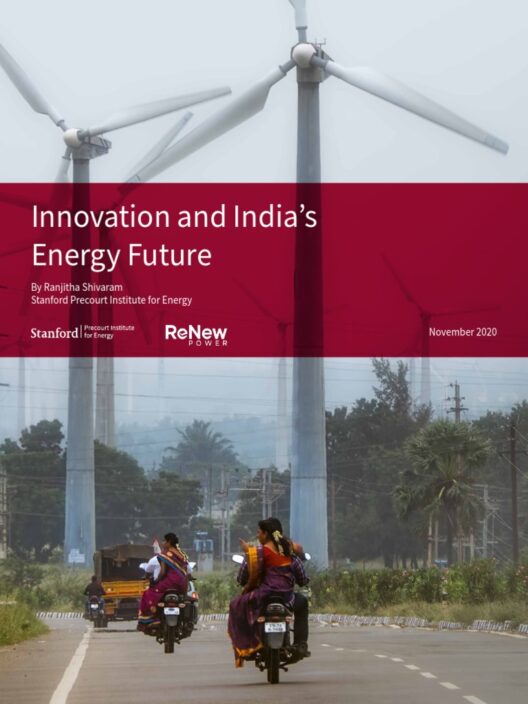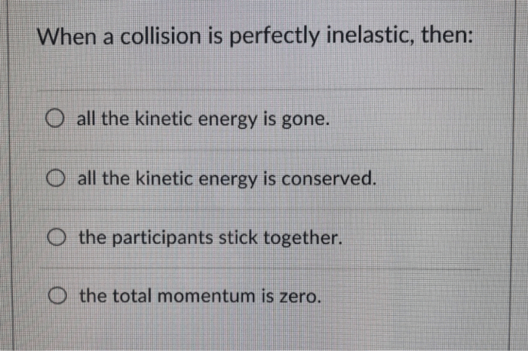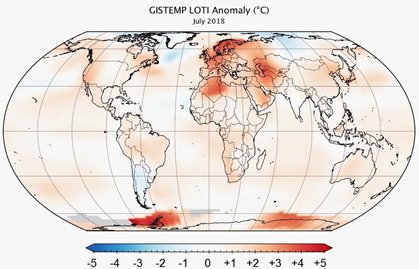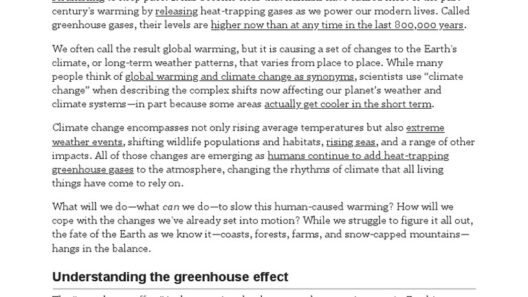The greenhouse effect is a natural phenomenon that enables life on Earth by trapping heat in the atmosphere. However, the intensification of this effect due to human activities is driving global warming, which poses significant threats to our planet. Understanding how the greenhouse effect operates is crucial for grasping the urgency of climate change and its consequences.
To begin with, the sun emits energy in the form of solar radiation that reaches the Earth’s surface. This solar energy warms the planet, and in turn, the Earth emits that heat back into space. However, not all of this heat escapes; a portion is trapped by greenhouse gases in the atmosphere. These gases include carbon dioxide (CO2), methane (CH4), nitrous oxide (N2O), and water vapor. Through a process known as infrared radiation, the heat radiated from the Earth is absorbed and re-emitted by these gases, thus creating a “blanket” that keeps the planet warm enough to sustain life.
While the greenhouse effect is vital for maintaining a habitable climate, human-induced emissions have led to an unprecedented increase in the concentrations of these greenhouse gases. The burning of fossil fuels for energy, deforestation, and industrial processes have significantly increased the levels of carbon dioxide and other greenhouse gases, thereby enhancing the greenhouse effect. As a result, more heat is trapped in the atmosphere, culminating in global warming.
To grasp the severity of the situation, consider the rise in average global temperatures. Since the late 19th century, the Earth’s surface temperature has increased by approximately 1.2 degrees Celsius (2.2 degrees Fahrenheit), and this rise can primarily be attributed to human activities. This seemingly modest temperature increase has profound implications, including more frequent and severe weather events, rising sea levels, and altered ecosystems.
The interconnectedness of ecological systems magnifies the effects of the greenhouse effect. Changes in temperature can disrupt habitats and lead to species migration. For instance, many terrestrial species are moving toward the poles or to higher altitudes in search of suitable climates. Oceanic species are also affected; coral reefs, particularly susceptible to temperature changes, experience bleaching when waters become too warm, leading to extensive loss of marine biodiversity.
Furthermore, while carbon dioxide is the most prevalent greenhouse gas emitted by human activities, methane and nitrous oxide are significantly more potent in their heat-trapping abilities. Methane, for example, has a global warming potential more than 25 times greater than that of carbon dioxide over a 100-year period. It primarily emanates from livestock digestion, landfills, and the production and transport of fossil fuels. Addressing these emissions is crucial, yet often overlooked in discussions about climate change.
The consequences of intensified global warming extend beyond ecological implications. Human health, agriculture, and infrastructure also suffer as temperatures rise. Heatwaves become more prevalent, increasing the likelihood of heat-related illnesses and deaths. Crops struggle to adapt to erratic weather patterns. Floods, droughts, and wildfires become more common due to the shifting climate. These phenomena not only threaten food security but also strain resources and exacerbate economic inequalities.
One of the most immediate dangers associated with global warming is the rising sea levels caused by melting ice caps and glaciers, coupled with the thermal expansion of seawater as it heats. Low-lying coastal areas are particularly vulnerable, facing an increased risk of inundation and erosion. Millions of people living in these regions may have to relocate, leading to potential humanitarian crises and conflicts over resettlement. The idea of climate refugees is no longer a distant prospect; it is becoming a current reality.
The scientific community has overwhelmingly reached a consensus about the anthropogenic causes of climate change. Reports indicate that if aggressive measures to reduce greenhouse gas emissions are not undertaken, global temperatures could rise between 1.5 to 4 degrees Celsius by the end of this century. The notion of a “tipping point” looms large, as ecosystems and weather patterns could undergo irreversible changes beyond certain thresholds.
To combat global warming, concerted international efforts are essential. Initiatives like the Paris Agreement aim to limit global temperature rises to well below 2 degrees Celsius above pre-industrial levels. Transitioning to renewable energy sources, enhancing energy efficiency, and promoting sustainable land use are pivotal in reducing greenhouse gas emissions. However, individual actions also matter. Small lifestyle changes, such as using public transport, minimizing waste, and reducing energy consumption, cumulatively contribute to a larger impact.
Another critical facet of addressing the greenhouse effect is education and awareness. As climate change generates palpable concern, fostering understanding about the greenhouse effect, its consequences, and possible solutions is vital. Empowering individuals to engage in advocacy and policy discussions can create a ripple effect, influencing local, national, and global climate strategies.
In conclusion, the greenhouse effect is a natural process exacerbated by human actions, unleashing a cascade of changes detrimental to our planet. Its influence on global warming is profound, affecting all aspects of life on Earth. As we navigate these challenges, a multifaceted approach encompassing policy, community action, global cooperation, and individual responsibility is imperative. Our ability to mitigate the greenhouse effect hinges on collective action and informed engagement; the time for action is now.







